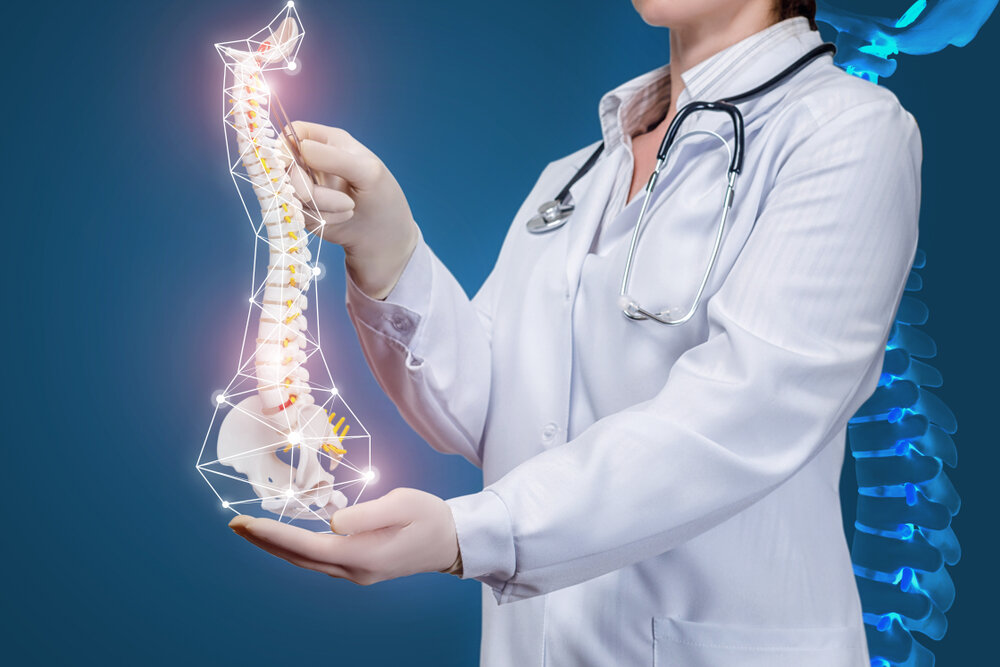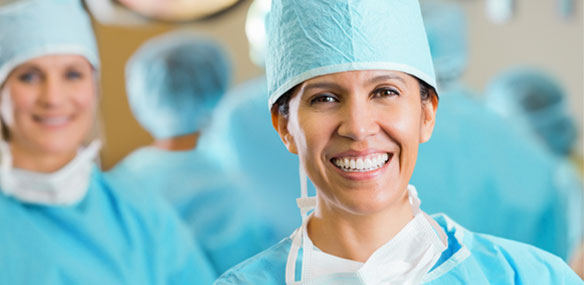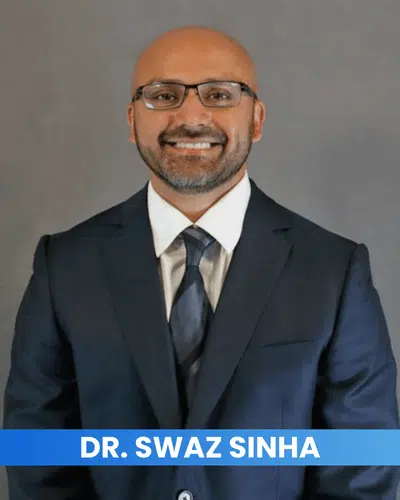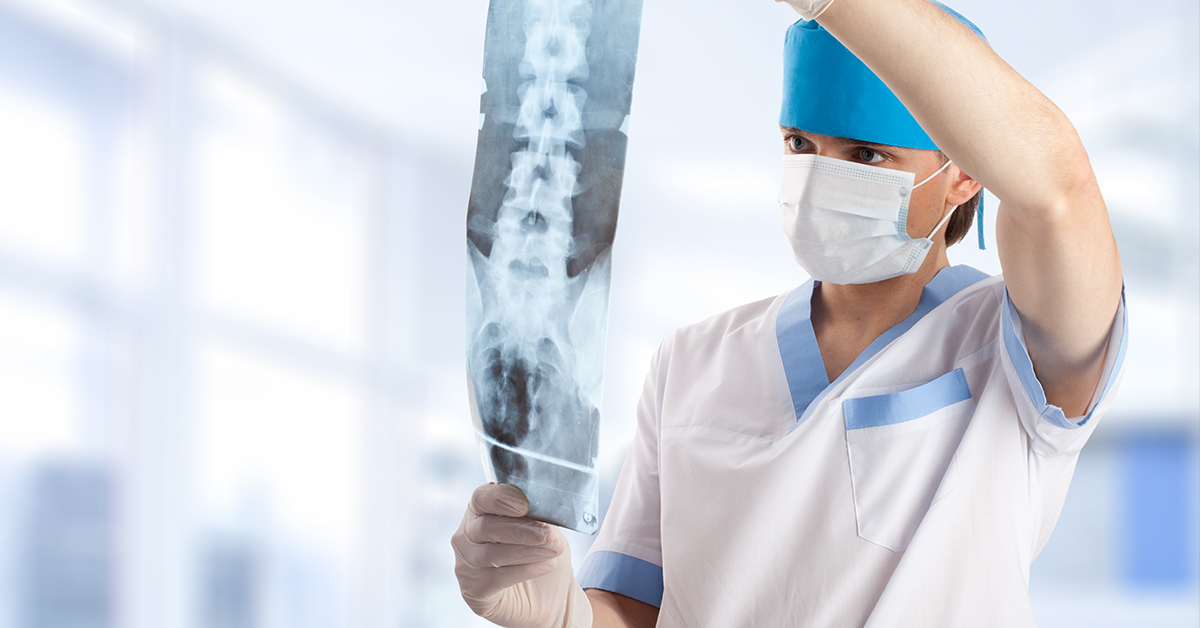The Significance of Follow-Up Treatment with the Best Spine Surgeons in St Louis MO
The Significance of Follow-Up Treatment with the Best Spine Surgeons in St Louis MO
Blog Article
An Overview of Spinal Column Problems That Commonly Outcome in Surgical Therapies
Back conditions such as herniated discs, spinal constriction, and degenerative disc illness regularly demand surgical treatments when traditional therapies fail to minimize persistent symptoms. Recognizing the nuances of each condition and the equivalent medical options, such as discectomy or spine combination, is vital for effective monitoring.
Herniated Discs
Although numerous people with herniated discs might discover relief via conservative therapies, surgery becomes an essential factor to consider when signs persist or get worse - best spine surgeons in st louis mo. A herniated disc happens when the soft internal gel of a spinal disc sticks out through its external layer, possibly compressing close-by nerves and leading to discomfort, tingling, or weakness in the extremities
Conventional monitoring commonly includes physical therapy, pain medications, and corticosteroid shots, which aim to decrease swelling and boost function. In instances where these methods fall short to alleviate debilitating signs, surgical options might be discovered.
The most common procedure for herniated discs is a discectomy, which includes the elimination of the herniated part of the disc to eliminate stress on the impacted nerve origin. In much more extreme cases, spine combination may be necessary to maintain the influenced vertebrae.
Patients are suggested to review the possible dangers and benefits of surgical procedure with their medical care service provider to make an informed choice. Ultimately, the goal of any surgical treatment is to restore function, ease discomfort, and boost general high quality of life for people suffering from herniated discs.
Spinal Stenosis
Spinal constriction happens when the rooms within the spinal column narrow, causing raised stress on the spine and nerves. This problem can establish in various regions of the spine, including the lumbar and cervical locations, typically as a result of age-related changes, such as degenerative disc condition, joint inflammation, or thickening of ligaments.
Patients with back stenosis might provide with signs and symptoms that consist of pain, numbness, prickling, or weakness, mainly in the arms or legs. These signs can be aggravated by tasks that entail standing or walking, often leading people to look for relief through conventional therapies like physical treatment, drugs, or epidural steroid injections.
However, when these non-surgical interventions stop working to offer ample relief, surgical options might be thought about. Usual medical procedures for spine constriction consist of laminectomy, which involves the elimination of part of the vertebra to ease stress, and spine blend, which maintains the affected area. The choice to go after surgical treatment is commonly based upon the severity of symptoms, the level of functional disability, and the overall wellness of the individual. Prompt medical diagnosis and monitoring are essential to stop further neurological compromise and boost lifestyle.
Spondylolisthesis
Spondylolisthesis happens when one vertebra slides forward over another, leading to imbalance of the spinal column. This problem can result from various variables, consisting of genetic defects, trauma, or degenerative changes in the spinal column. It is most commonly observed in the lumbar region, specifically at the L4-L5 and L5-S1 levels.

When non-surgical strategies fail to soothe symptoms or when considerable nerve compression is visit this site existing, medical treatment might be warranted. Surgical alternatives can include spinal combination or decompression procedures, intended at bring back alignment and alleviating neurological signs and symptoms.
Degenerative Disc Disease

Individuals with DDD commonly experience discomfort that may emit to the arms or legs, relying on the impacted area of the spinal column. The problem can be identified via linked here a mix of scientific assessment, imaging research studies, and client background. Treatment alternatives usually begin with conventional measures, including physical treatment, discomfort monitoring, and lifestyle alterations. When these methods fall short to offer adequate alleviation, medical treatments might be thought about.
Surgical options for DDD may include spinal blend or synthetic disc replacement, targeted at supporting the impacted segment and easing discomfort (best spine surgeons in st louis mo). Inevitably, the selection of therapy is embellished, thinking about the extent of the problem, patient health, and way of living aspects
Back Growths

Spine growths can occur from various variables, including genetic proneness, environmental impacts, and pre-existing clinical conditions. Individuals might offer with a variety of symptoms, consisting of local discomfort, neurological shortages, weakness, or modifications in bowel and bladder function, depending on the tumor's dimension and location.
Surgical treatment may be called for to alleviate signs, obtain a biopsy, or eliminate the lump totally. The objective of surgical procedure is commonly to unwind neural elements and maintain the spine. Early discovery and intervention are crucial for optimizing results in individuals with back tumors.
Verdict
In recap, back problems such as herniated discs, back stenosis, spondylolisthesis, degenerative disc illness, and back lumps regularly require surgical intervention due to their prospective to trigger substantial pain and practical disability. While conservative therapies might use short-term alleviation, surgical choices end up click this site being essential when symptoms linger or intensify. Prompt medical diagnosis and intervention play a vital role in recovering feature and boosting the high quality of life for afflicted individuals, emphasizing the importance of comprehensive spine treatment.

Report this page